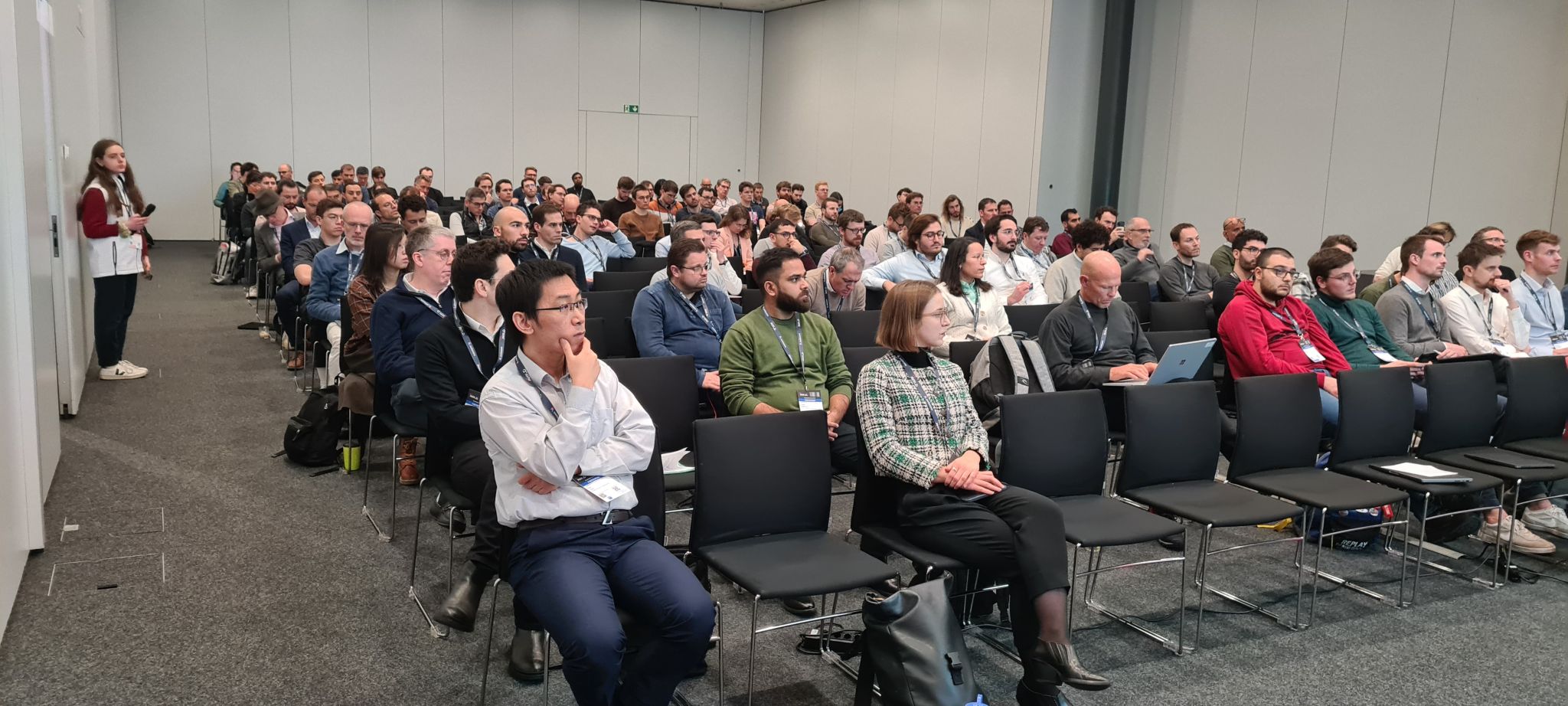Advanced Machine Learning Days (AMLD) 2025 at EPFL
AI in the financial sector: opportunities and challenges
A Quick Overview Of ML in Finance
With Petter Kolm and Nino Antulov-Fantulin, we co-organized a track titled “Advances of ML Approaches for Finance: Alternative Data, Decision Making & Time Series Analysis” during the AMLD 2025.

We had different speakers, with the ambition to cover a lot of aspects of the current use of ML in Financial Markets:
1. On Risk Intermediation
- RL for Stochastic LQR with Provable Convergence, Robustness and Stability: Petter has shown how giving some structure to a Reinforcement Learning algo could be so useful:
- Model Calibration to Market-Implied Risk Measures - Gabriele VISENTIN
2. About LLM
- LLMs and Biases in Finance - Nino insisted on the point-in-timeness in backtesting, and the way it could be complex for LLM to achieve this; I have myself a paper on this topic with Mengda LI: “Mathematics of Embeddings: Spillover of Polarities over Financial Texts” in Reviews In Modern Quantitative Finance (2024): 151-188.
- Financial Workflows: Putting Large Language Models into Action - Peter HAFEZ from Ravenpack has explained how they built BigData.com
- Fine-Tuning Large Language Models for Stock Return Prediction Using Newsflow - Tian GUO interestingly shows that very Large Language Models do not perform better than previous generations for financial prediction.
3. For timeseries modelling
We talked about
- Gaussian Processes with Puneet PASRICHA presenting an interesting take on Deep Gaussian Processes Regression for Asset Pricing, using for instance a mixture of experts-like structure to reduce the complexity of GPR and allowing them to grow in dimensionality.
- Generative AI for Financial Time Series, by Rengim CETINGOZ, who presented a paper we jointly produced: Synthetic Data for Portfolios: A Throw of the Dice Will Never Abolish Chance, showing that
- standard GANs have no chance to produce valuable data for portfolio construction
- the dream of producing so much data that confidence intervals will go down to zero is a chimera.
4. And then we focussed on Inflation
with
- Nowcasting and Forecasting in Macroeconomics, Alexander DENEV from Turnleaf Analytics
- Bringing ML into Production for Inflation Forecasting, by Franziska ECKERT from the Zurich National Bank
Personally, I gave an overview on Using Alternative Data for Financial Decisions and especially about the unique way alternative data are biased for financial applications.
We have been very lucky this track has been supported by Ravenpack and Turnleaf Analytics.
Main Take-Aways
It was the occasion to look at the advances in ML for Financial Markets since with published our book Machine Learning and Data Sciences for Financial Markets: A Guide to Contemporary Practices with Agostino Capponi.

A Starting point
Remember that we split ML applications for finance in three main Parts of the book
- A.I. for users and products; you put recommendation engines, robot-advisors, chatbots, goal-based investment and the on-the-fly building of products (ETN) there.
- Improvements of risk intermediation. It is where Deep Hedging, Fast Pricing, better portfolio construction, Reinforcement Learning for trading, etc. takes place.
- Better connection with the real economy: this means using alternative data to improve financial decisions. Nowcasting and prediction are there.
In the book, we put Ethics of Algorithms and biases in the third part.
Apparently this structure (that indeed we did not invent, it came from a workshop the Institut Louis Bachelier organised a the Collège de France in January 2019 to launch the FaIR initiative) continues to be topical.
Progressed and directions
Nevertheless our knowledge is progressing in these directions. I would say that
- Large Language Models have given an impulsion in the realm of AI for users of products. The help to interact with users because they do not have to be familiar with the internal language of markets to use products, somehow they should allow a better access to the financial services, increasing financial inclusion. But it is only the beginning and a lot of caveats have to be fixed: biases, hallucinations, and real secondary innovations towards financial education.
- Reinforcement Learning works well either when you can implement it an offline way (in fornt of Monte-Carlo simulations), either on high frequency data if you mix it with expert knowledge to structure the state space, having in mind to get stationarity (or at least ergodicity, you can have a look at my paper with Othman Mounjid Improving reinforcement learning algorithms: Towards optimal learning rate policies).
- It is only the start of alternative data, and if you want to focus on two ways they can be useful, I would bet on multi-scale modelling of the supply chain and the monitoring of narratives.
At the crossing of these three directions, I will insist on trying to answer to this question: what is a company? via data and models. It is important since
- Investment diversification and the way retail investors approach investment is very naturally towards the companies and projects they are investing on;
- The risk that is intermediated is always a portfolio of claims on projects that are pursued by companies;
- Alternative data are describing companies, their clients, their suppliers and their competitors.

The PodCast
I asked Google’s NotebookLM to produce a podcast from our slides, here is the result in two episodes (20 minutes + 5 minutes, click on the left or right part of the picture):